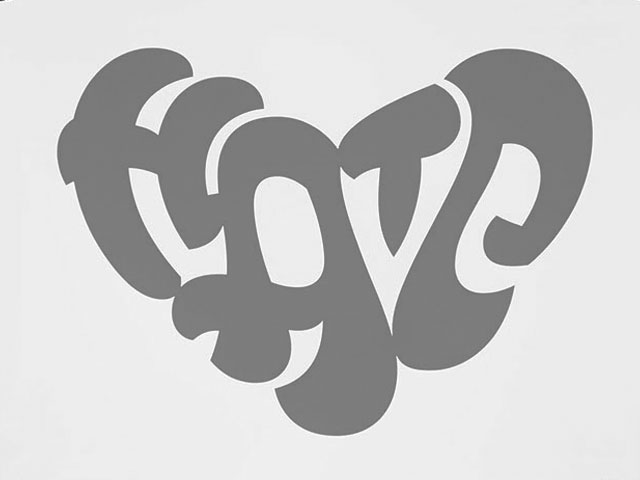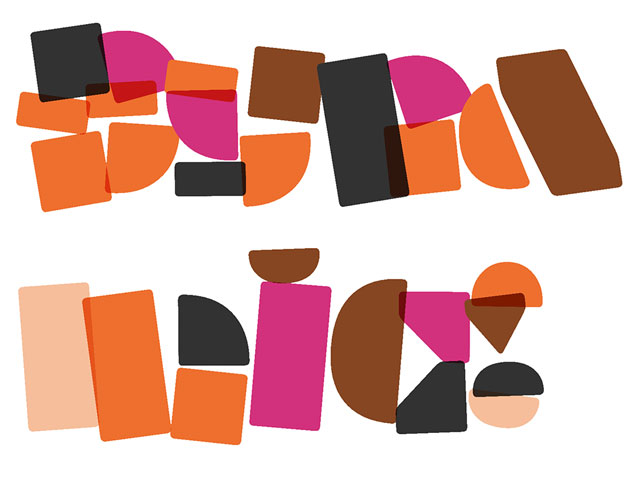
12.2021
Dynamification of typography
Dynamification of typography
Dynamification of typography (12.2021)
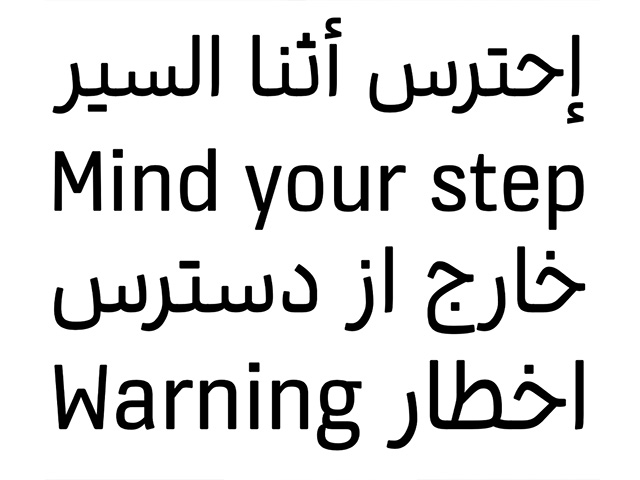
05.2021
KONE custom fonts
KONE custom fonts
KONE custom fonts (05.2021)

10.2020
Grammatography
Grammatography
Grammatography (10.2020)
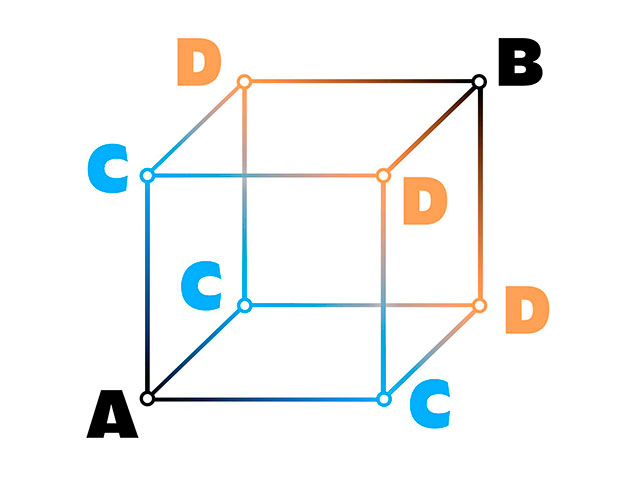
04.2018
Higher Order Interpolation
Higher Order Interpolation
Higher Order Interpolation (04.2018)
06.2017
Subpixel ASCII+ Art
Subpixel ASCII+ Art
Subpixel ASCII+ Art (06.2017)
Everything is black and white (12.2015)
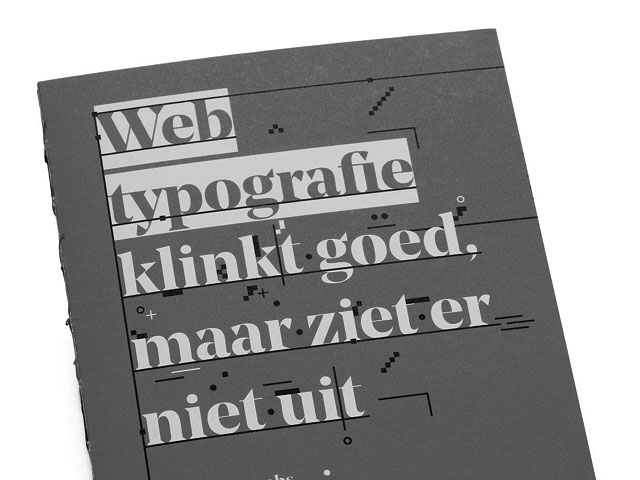
03.2015
Webtypografie klinkt goed, maar ziet er niet uit
Webtypografie klinkt goed, maar ziet er niet uit
Webtypografie klinkt goed, maar ziet er niet uit (03.2015)
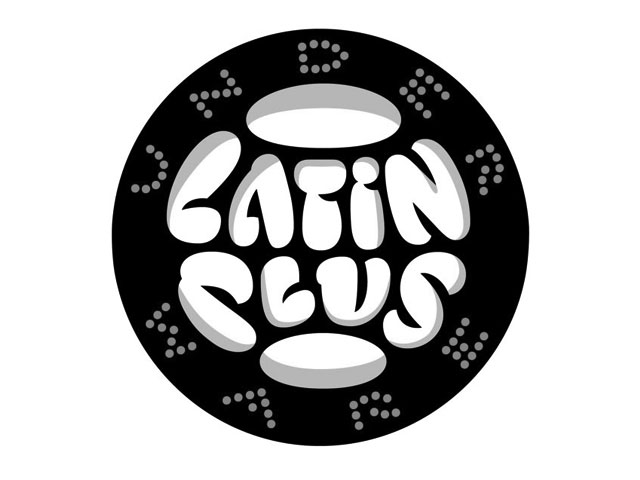
11.2014
Notes on Latin Plus
Notes on Latin Plus
Notes on Latin Plus (11.2014)
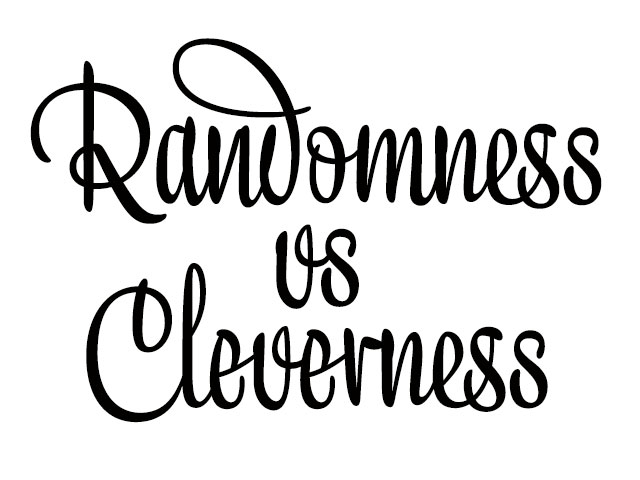
03.2010
Randomness versus Cleverness
Randomness versus Cleverness
Randomness versus Cleverness (03.2010)
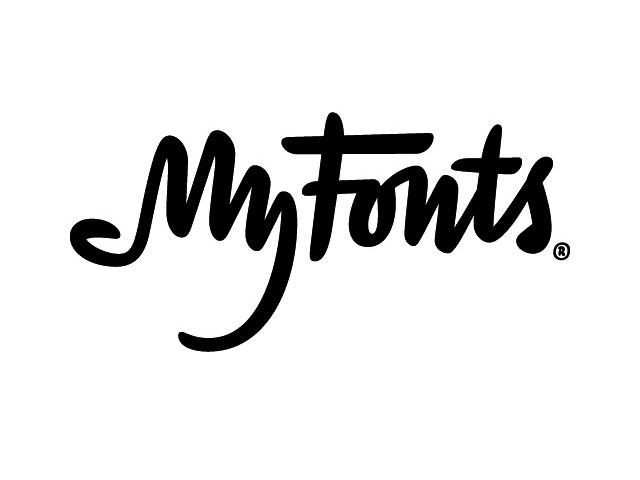
01.2009
New logotype for MyFonts
New logotype for MyFonts
New logotype for MyFonts (01.2009)
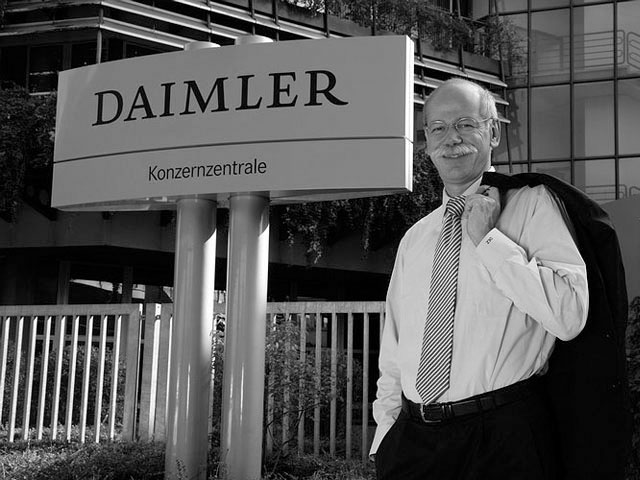
12.2007
New logotype for Daimler
New logotype for Daimler
New logotype for Daimler (12.2007)

05.2007
Customized fonts for European banks
Customized fonts for European banks
Customized fonts for European banks (05.2007)
Case study: Everything is black and white
On figure-ground illusions, letters & the brain
December 2015
The poster “Love is stronger than hate”, which we published this week, is an example of a (typographic) figure-ground illusion. These kind of optical illusions have a long history, we didn’t invent the concept. Figure-ground illusions are very different from single-ground illusions, where only the black shapes contains the illusion. The MyFonts logo is an example of that. But with a figure-ground illusion both the black and the white shape are required to create the optical illusion. One color cannot live without the other. The whole illusion depends on two colors, both being equally dominant.
An important point of reference within this field is a century old already. Exactly 100 years ago the Danish (then almost psychologist) Edgar Rubin defended his thesis ‘Synsoplevede Figurer’ (Visually experienced figures) at the University of Copenhagen. The 28 years old student couldn’t imagine that one of the illustrations in his thesis would become a benchmark for every psychology student in the world for the next century. His thesis turned out to be the starting for a further study in the figure-ground illusions. Amongst the many and diverse images is a white shape (figure) which looks like a vase, in which the residual black shapes (ground) also form a illustration by itself. Two silhouettes of faces looking at each other. The image is dynamic and subjective. Nice.

Rubin was not the first to explore the figure-ground illusion, early examples can already be found in 18th century French prints. Rubin was also definitely not the last one to play with this kind of optical illusion. Salvador Dali, who interpreted Rubin’s vase in his own typical way, and many other were eventually all surpassed by the Dutch graphic artist Escher. He was a genius within this kind of optical illusions, who doesn’t need any further introduction. Nowadays many artists and designers are still inspired by Rubin’s vase and create their own figure-ground illusion in their work. This logo for the Pittsburgh Zoo is a classic within this field for example, and a direct tribute to the Danish psychologist Rubin.

Recognition of both shapes requires higher cortical processing. The viewer has information stored in his brain that contains knowledge about the shapes, a vase and profiles for example, or letters. The knowledge stored in the brains determine what will be perceived. These kind of optical illusions show that perception is not only defined by an image formed on the retina. In 1978 T.M. Cowan and R. Pringle published the results of “An investigation of the cues responsible for figure impossibility”. One interesting illustration demonstrates how likely a certain figure is. Figure number 1 is considered to be the most likely, and number 27 the least. What makes it interesting is that number 9 is much more likely than number 21 for example. If you look closely, the figures don’t vary that much. But our brains tell us a different story.
The essential issue of creating a successfull figure-ground illusion is finding that moment when both shapes, black and white, are catching equal attention. Only exactly at its turning point the image is a multi-stable visual. Both shapes, white (figure) and black (ground), are equally dominant at the turning point. Spontaneous subjective changes can happen, depending on the viewer. It’s hard to encompass both interpretations simultaneously. If the illusion is a static image, it’s essential that it betakes itself to the absolute turning point, not just a little in front of, or just behind that essential point. This movie demonstrates the turning point of the figure-ground illusion displayed on the poster.
If the white shape is too large, it becomes unreadable, and therefore the black shapes becomes dominant. The other way around is exactly the same, if the black shape is too large, the white shape becomes dominant. A figure-ground illusion only manages to put your brain on the wrong track if both shapes balance together on a visual scale.
Finding exactly opposite shapes is quite a challenge. Even more when their content is related. Escher could make a devil and an angel fit as if they were born together as one unity. When opposite shapes fit together as natural as their content, the visual illusion becomes interesting. This typographic figure-ground illusion is our tribute to Edgar Rubin. Most people will read hate first. But everybody knows that love is always stronger than hate.
